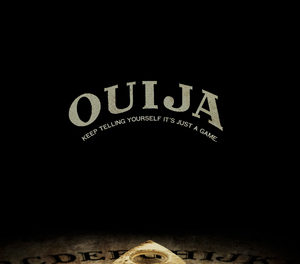Modern horror is often full of bland jumpscares, bloated set pieces and jump cuts that either shy away from a PG-13 rating or use an R-rating simply to attract audiences and modern action. In contrast, Julius Avery’s “Overlord” is what both horror and action cinema have been missing for the past decade. The film tells the story of a group of World War II American soldiers who were sent to infiltrate a German military facility on the night before D-Day. As the soldiers scout their target and prepare to attack, they realize that the Nazi base is a lab creating zombie soldiers.
With a ridiculous premise like Nazi zombies, it would be easy for a movie to become too comical and not take itself seriously. However, “Overlord” perfectly rides the line between a serious war movie and an over-the-top zombie flick. Its R-rating allows for terrifying and gruesome body horror, as well as nail-biting action that feels grounded and realistic. The use of practical special effects was refreshing — the film’s makeup and prosthetics creates some horrifying imagery, limiting its reliance on computer-generated imagery. Many of the explosions throughout the film, for example, were real. Throughout the action scenes, every time a soldier was shot or a punch was thrown, it all felt as though it was actually happening. This was further heightened considering how most of the action was shot through the camera lens without too many jump cuts or shakiness.
The acting was excellent across the cast, such as from actors Jovan Adepo, the protagonist named Boyce, and John Magaro, whose sparing yet effective quips as American soldiers gave the film some comic relief. However, the standout performances came from Wyatt Russell, the no-nonsense corporal, and Pilou Asbaek (who formerly played Euron Greyjoy in “Game of Thrones”), as the villainous Nazi officer.
Additionally, the incredible sound design added an eerie depth to the film. Every gunshot, explosion and footstep was thunderous and immersed the audience in the grimy, dark WWII atmosphere. A particular part that stood out was a scene where Boyce is walking through a room in which a test tube is dripping blood into a jar. Each drop sound was poignantly jarring and illustrated the extent to which Avery intentionally crafted minute details to engage the audience. The soundtrack was also subtle, yet effective. It featured dark and looming themes to invoke fear and suspense, as well as intense booming orchestral music to build excitement when the film’s action occurs.
The film is flawed when characters often make naive decisions. In one scene, a character fights off a zombie and when she briefly is able to escape, she leaves her weapon behind, leaving her completely defenseless. Additionally, explosions existed solely for the advancement of the plot. One example showed an oxygen tank that explodes with a very small blast radius, conveniently not hurting one of the lead characters. Trivial moments like these, however, didn’t ruin the cinematic experience by any means.
The film excels in horror and has more riveting action than most blockbusters. That, combined with excellent special effects and sound design, makes for an immersive, chilling film.






